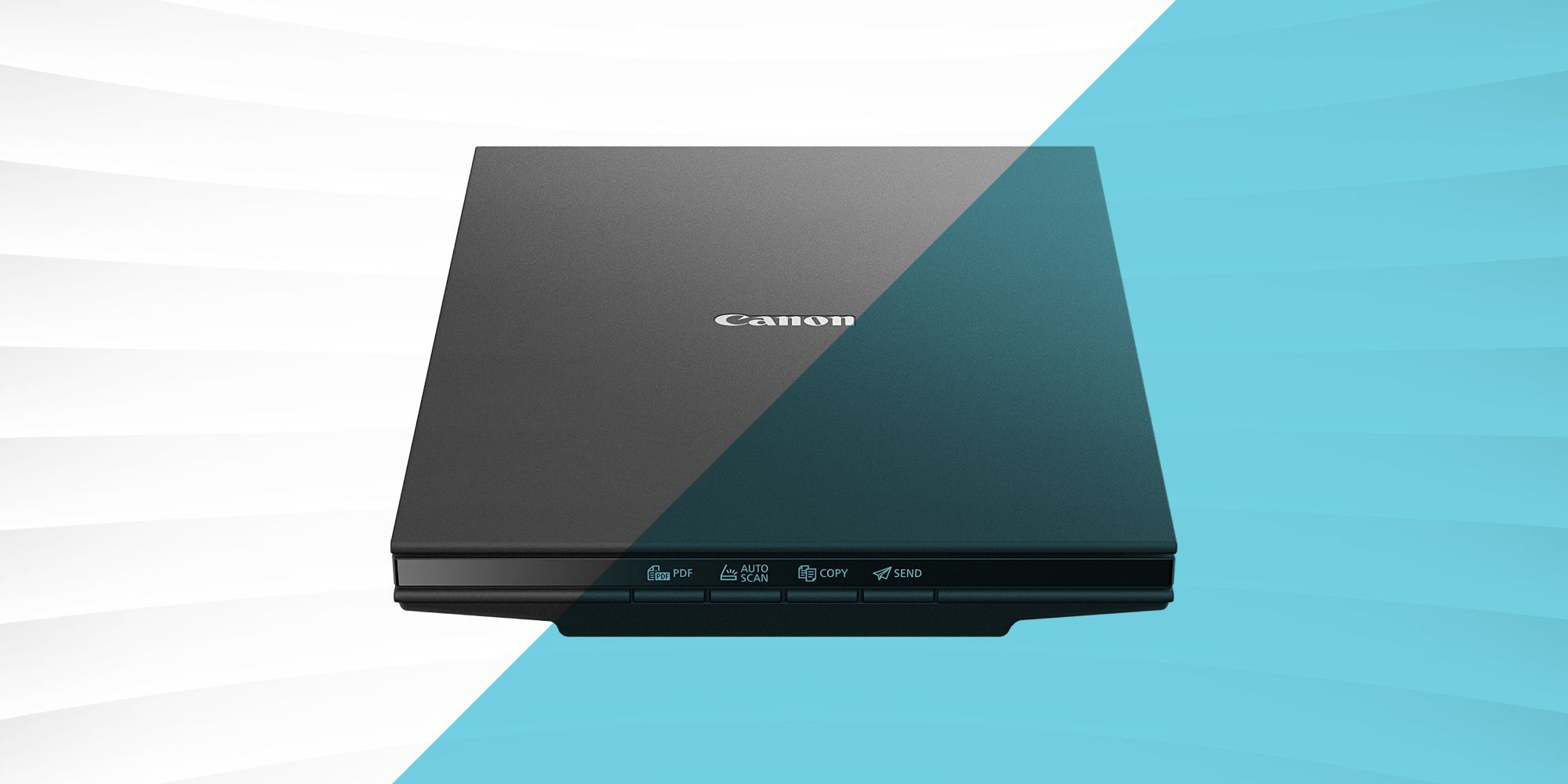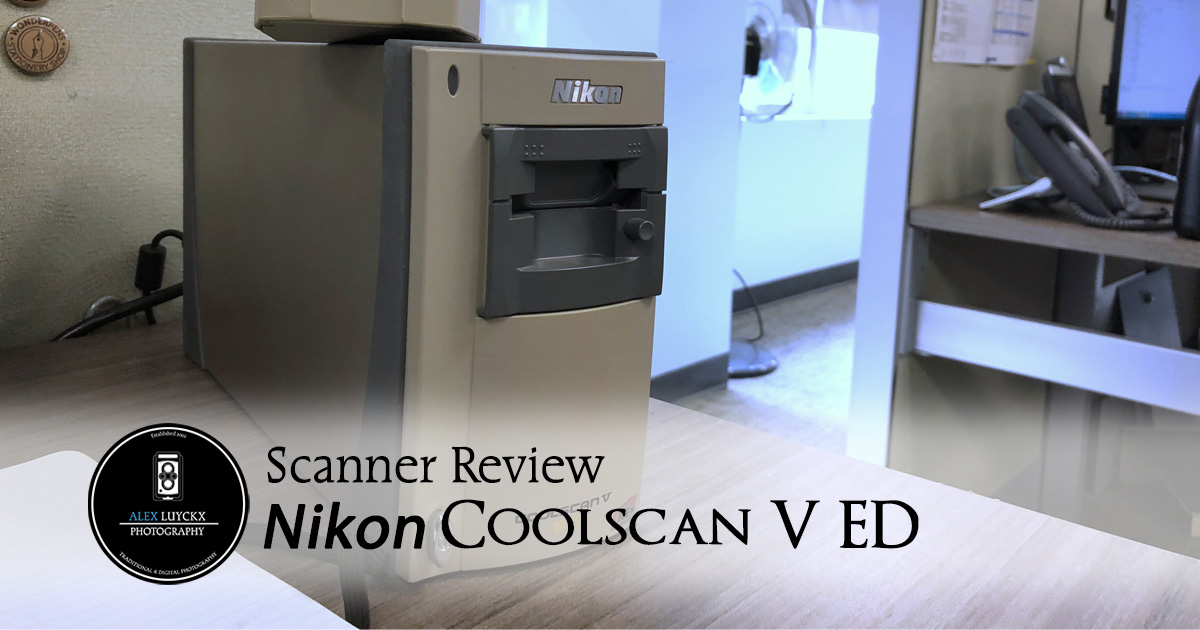

This works in a pinch, but risks damaging your originals, even if they're enclosed in a protective sleeve. We strongly urge you to avoid making a habit of scanning photos (or any delicate originals, for that matter) through a sheet-fed document scanner, whether it's a standalone model or one built into a multifunction or all-in-one printer (more on that in a moment).

You'll want to be cognizant of that spec depending on what you will tend to scan. A key differentiator between models is the platen size most are letter-size (8.5 by 11 inches) or legal-size (8.5 by 14 inches). In these scanner designs, you lift a lid to expose a glass platen, onto which you place the image to be scanned. One feature shared by nearly all true photo scanners is a flatbed design.
Home photo scanner reviews software#

Of course, the scanner can interpolate way beyond that, and for small originals, you generally find yourself in interpolation territory. One lens is designed for optimum resolving at a horizontal resolution of 4,800dpi, the other, 6,400dpi. Though the V700 doesn't supply this, it does use separate lenses for reflective (hard-copy) and transmissive (slides and negatives) originals since the latter generally need to be optically enlarged far more than the former, the lenses need to be optimized differently. This allows the film to press directly against the glass, which maximizes sharpness and minimizes artifacts. A version of the V700, the V750-M Pro, also offers a liquid mount, as used by drum scanners. My biggest problem with the myriad mounts is finding places to put them. They're all well designed and easy to load, and they each snap into a notch to lock in place on the scanbed. So after the costs and benefits play out, your best overall choice turns out to be a really good flatbed scanner-like the Epson Perfection V700.Įpson includes a variety of carriers in the box: one holds 12 slides, another four six-frame film strips, one for two 4x5 transparencies, and one for eight medium-format frames. After you're done with the slides, though, it becomes an expensive paperweight. For speedy, unattended scanning, a dedicated slide scanner with an automatic feeder, such as the Nikon Coolscan V, is a good bet. That leaves you with a scanner as your only option. But that can get expensive, and many people don't want to subject their prized photos to the disinterested hands of a technician. Of course, the easiest solution is to send them off to someone else. What's the best way to get them into the computer?" is a frequently asked question I get from both friends and readers.


 0 kommentar(er)
0 kommentar(er)
